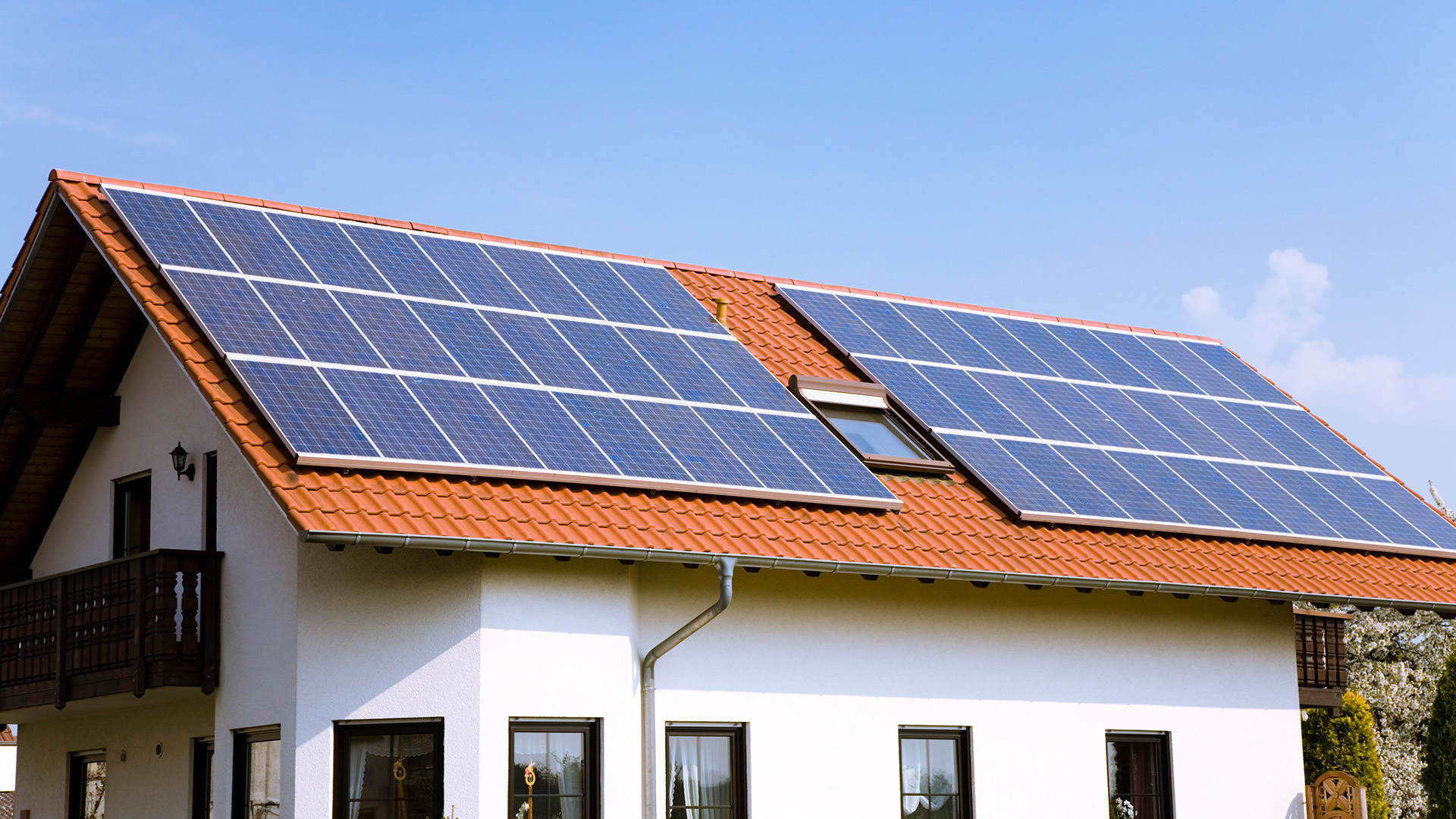
White House unveils $7B in solar grants as some states deal with a solar surplus
By Jack Aylmer (Energy Correspondent), Zachary Hill (Editor), Ali Caldwell (Graphics)
Media Landscape
See how news outlets across the political spectrum are covering this story. Learn moreBias Distribution
Left
Right
Untracked Bias
In a bid to bolster renewable energy infrastructure across the nation, the Biden administration recently announced $7 billion in federal solar power grants. This move, unveiled on Earth Day, came as parts of the nation experience a surplus of solar energy. That surplus raised power bills for solar panel owners.

Download the SAN app today to stay up-to-date with Unbiased. Straight Facts™.
Point phone camera here
The White House said its solar initiative can power nearly a million homes and substantially reduce emissions. The reduction would be equivalent to the impact of burning over 3 billion fewer gallons of gasoline. Federal officials touted the plan as a means to collectively save its recipients $350 million annually. The program is directed at low- and middle-income communities.
However, amidst this federal push for solar energy expansion, some states find themselves with an oversupply of solar power. California, Arkansas, Idaho, Indiana, Hawaii and North Carolina rolled back their financial incentives for solar power projects as a result.
California, in particular, faces the prospect of a potential 40% decline in solar installations this year. The state’s surplus of solar panels led to the wastage of millions of megawatts of energy every year. That ultimately resulted in higher electricity prices.
This occurs when residential solar panels feed excess energy back into the grid, only for it to be discarded. Consequently, homeowners miss out on potential reductions in their power bills from incentives they would normally receive for delivering solar power to the grid.
Unbiased news.
Directly to your inbox. Free!
Learn more about our emails. Unsubscribe anytime.
By entering your email, you agree to the Terms & Conditions and acknowledge the Privacy Policy.
One solution to mitigate this issue involves the adoption of solar battery storage systems, which enable homeowners to store excess energy for later use. However, the cost of installing such systems ranges from $12,000-$20,000. That range poses a significant financial barrier for many.
While solar panels undoubtedly offer environmental benefits and are often cheaper than carbon-intensive energy sources, policymakers are beginning to see some downsides to their increased proliferation.
[JACK AYLMER]
MORE PANELS,
MORE PROBLEMS.
THAT COULD BE THE REALITY FOR THE U-S AS THE BIDEN ADMINISTRATION ANNOUNCES 7-BILLION-DOLLARS IN NEW FEDERAL SOLAR POWER GRANTS.
THE MOVE COMES AS PARTS OF THE COUNTRY TAKE STEPS TO SLASH SOLAR INCENTIVES BECAUSE TOO MUCH ENERGY IS BEING PROVIDED.
AND THAT ACTUALLY ENDS UP COSTING PEOPLE MORE.
LET ME BACK UP.
THE FUNDING FROM THE WHITE HOUSE, UNVEILED ON EARTH DAY, IS EXPECTED TO POWER CLOSE TO A MILLION HOMES.
AND IT WOULD REDUCE EMISSIONS IN THE PROCESS – THE EQUIVALENT TO BURNING OVER 3-BILLION-GALLONS OF GASOLINE.
FEDERAL OFFICIALS BELIEVE THIS SOLAR INITIATIVE WILL HELP SAVE PEOPLE A COMBINED 350-MILLION-DOLLARS EVERY YEAR.
HOWEVER, SOME STATES ALREADY EXCELLING AT SOLAR – ARE CURRENTLY ROLLING BACK FINANCIAL INCENTIVES FOR THESE TYPES OF RENEWABLE ENERGY PROJECTS.
WE’RE TALKING ABOUT CALIFORNIA, ARKANSAS, IDAHO, INDIANA, HAWAII AND NORTH CAROLINA.
CALIFORNIA IN PARTICULAR IS LIKELY TO SEE A STEEP DROP OFF IN SOLAR INSTALLATIONS, PREDICTED TO FALL BY AS MUCH AS 40-PERCENT THIS YEAR.
THAT’S BECAUSE THE STATE IS THROWING AWAY MILLIONS OF MEGAWATTS OF ENERGY DUE TO ITS SURPLUS OF PANELS.
AND THROWING AWAY POWER TRANSLATES TO HIGHER ELECTRICITY PRICES.
THIS HAPPENS WHEN RESIDENTIAL SOLAR PANELS TRY to GIVE ENERGY BACK TO THE GRID THAT ISN’T NEEDED.
IT’S ULTIMATELY THROWN OUT, HOMEOWNERS DON’T GET THE BREAKS ON THEIR POWER BILLS THAT WOULD OTHERWISE HAVE COME.
THESE SAVINGS COULD STILL BE ACCESSED IF THEY BUY a SOLAR BATTERY STORAGE SYSTEM.
Enabling them to SAVE THAT EXCESS POWER
BUT INSTALLING THIS TECHNOLOGY IN YOUR HOME CAN BE EXPENSIVE – RUNNING SOMEWHERE BETWEEN 12,000 AND 20,000 DOLLARS.
SO, WHILE SOLAR PANELS BENEFIT THE ENVIRONMENT AND COSTS LESS THAN OTHER CARBON INTENSIVE ENERGY SOURCES, IT COULD BE TOO MUCH OF A GOOD THING.
Media Landscape
See how news outlets across the political spectrum are covering this story. Learn moreBias Distribution
Left
Right
Untracked Bias
Straight to your inbox.
By entering your email, you agree to the Terms & Conditions and acknowledge the Privacy Policy.
MOST POPULAR
-
 Reuters
Reuters
It’s a bird, it’s a plane, it’s the first video of Alef Aeronautics’ flying car
Watch 2:1314 hrs ago -
 Getty Images
Getty Images
Democrats in Congress receive lowest approval rating in Quinnipiac poll history
Watch 2:5915 hrs ago -
 Getty Images
Getty Images
AG Bondi reviewing Epstein documents for release, could hold client list
Watch 1:4816 hrs ago -
 Getty Images
Getty Images
Speaker Johnson won’t support DOGE stimulus checks
Watch 2:0617 hrs ago




